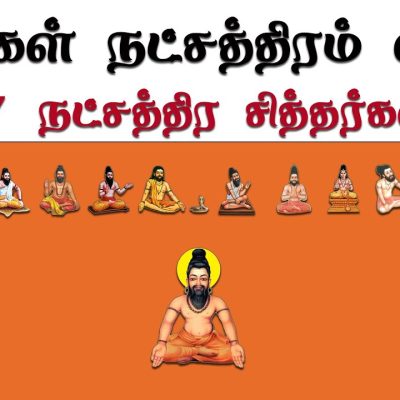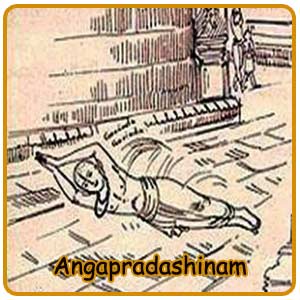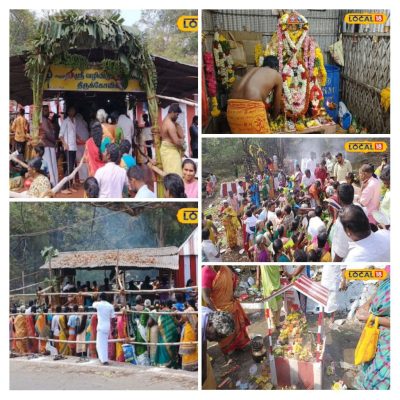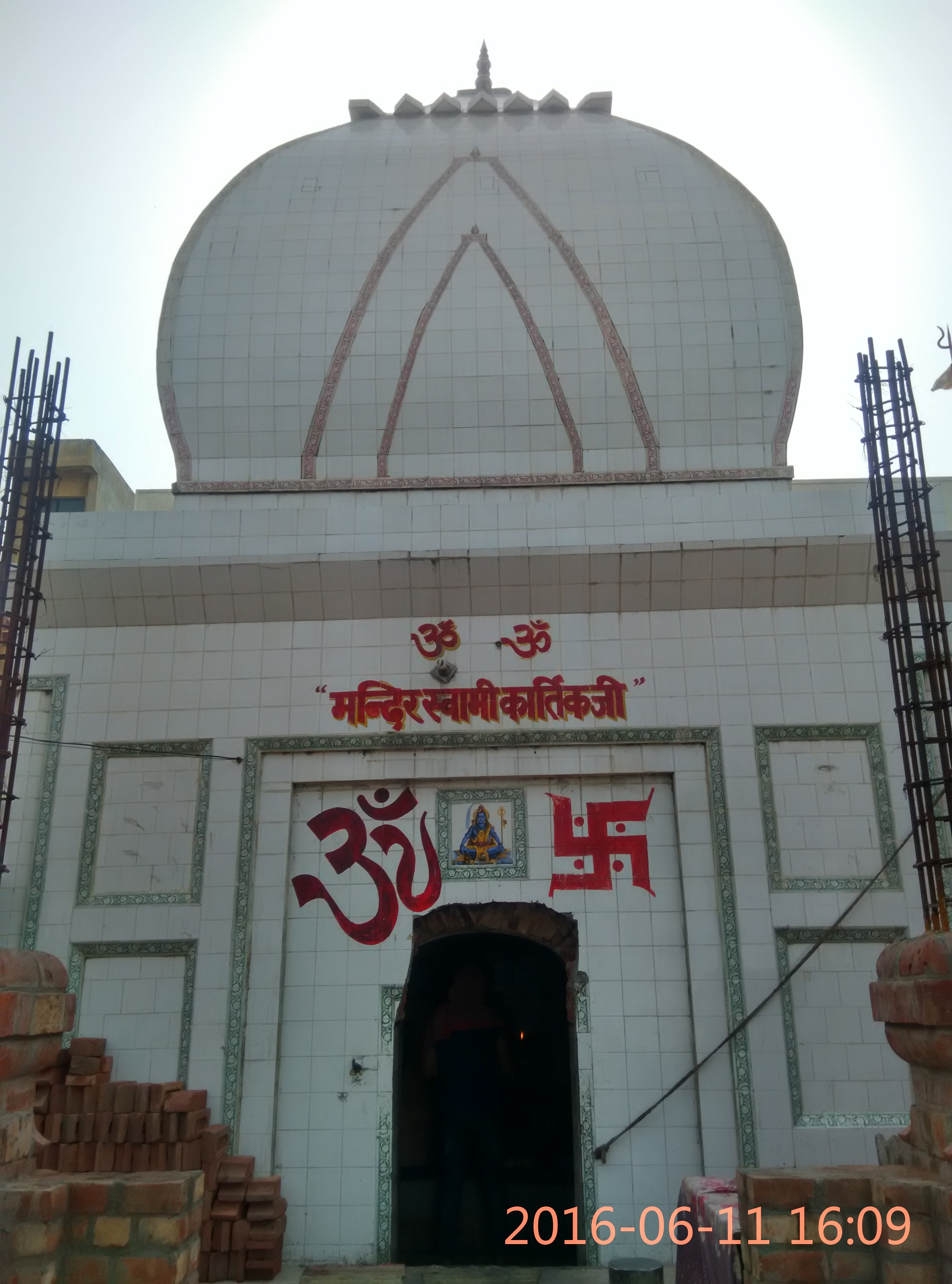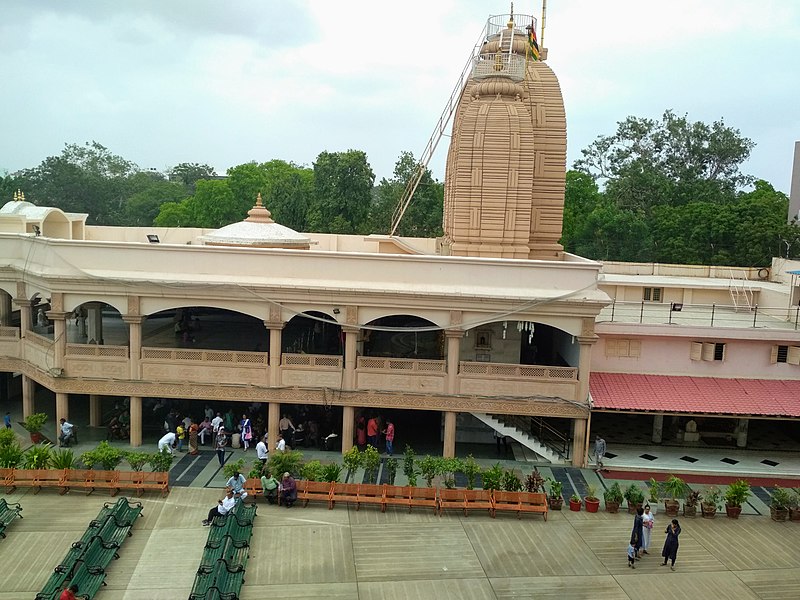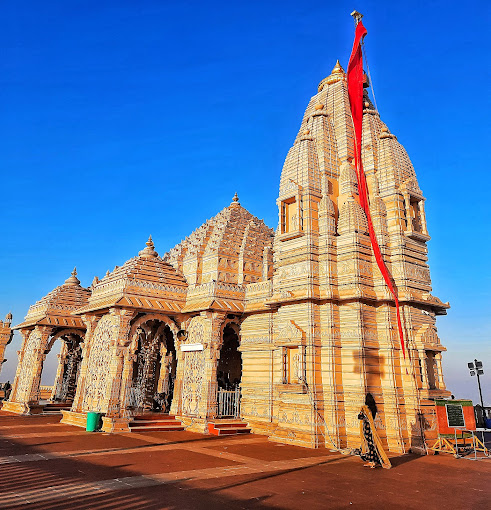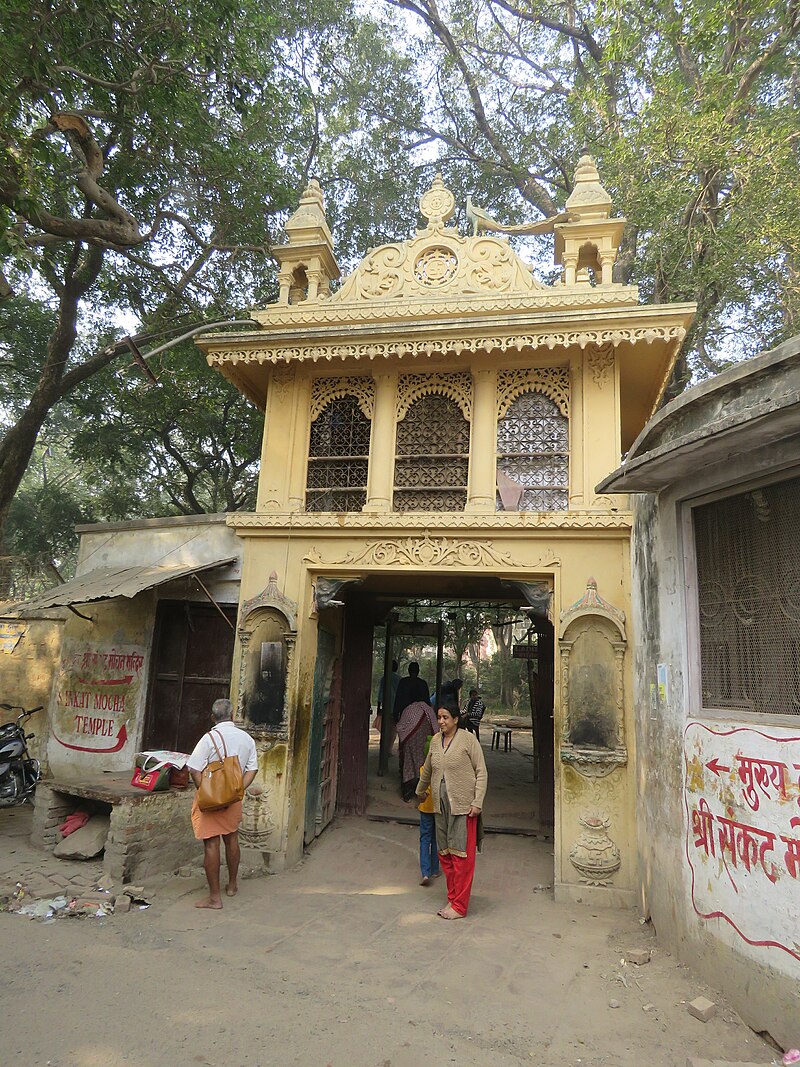Ajmer Jain (Soniji Kinasiyan) Temple – Rajasthan
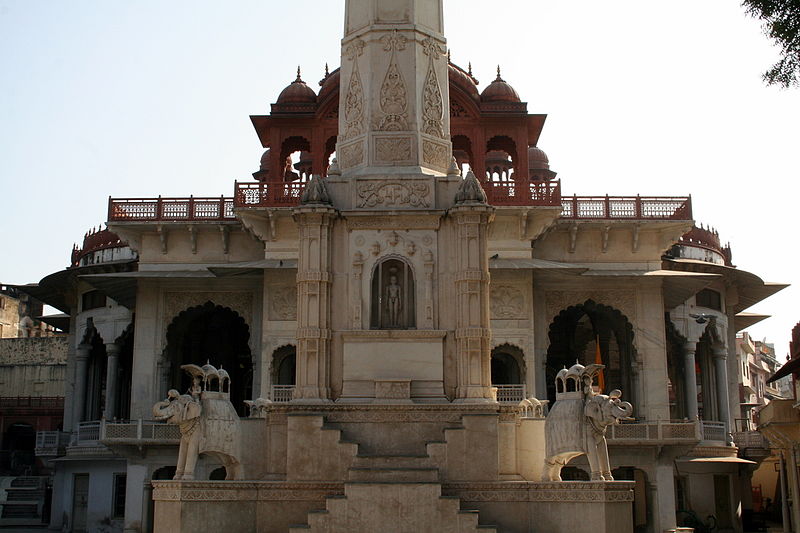
Address
Ajmer Jain (Soniji Kinasiyan) Temple Prithivi Raj Marg, Dumada, Dargah Bazar, Ajmer, Rajasthan 305001
Diety
Rishabhanatha
Introduction
The Ajmer Jain temple, also known as Soniji Ki Nasiyan, is an architecturally rich Jain temple. It was built in the late nineteenth century. Soniji Ki Nasiyan is an architecturally rich Jain Temple. Popularly known as the Ajmer Temple, or the Lal Mandir, it is situated in Prithvi Raj Marg in Ajmer, Rajasthan and is very close to Akbar Fort.
Puranic Significance
The main chamber, known as the Swarna Nagari “City of Gold”, has several gold-plated wooden figures, depicting several figures in the Jain religion. This golden chamber of the temple uses 1000 kg of gold to carve out a depiction of Ayodhya. This temple is worshipped for Lord Rishabhdev (Agnidev) who was the first of the Tirthankaras, and its disciples and followers mainly owe its origin to the Digambhar Sect. Kurt Titze in his book, “Jainism: A Pictorial Guide to the Religion of Non-Violence”, has described Soniji Ki Nasiyan as one of Ajmer’s main attraction. The temple is one of the most popular tourist spots in Rajasthan. It is one of the most important Jain Temples and attracts a large number of tourists who pay visit to seek peace in its divinity and pay their homage. This temple is easily accessible by road and can be reached from any part of Rajasthan by availing its local transport system. It is at a distance of 1 km from Rajasthan Railway Station The construction of the temple was started in the year 1964 and it was finally opened for the disciples with the installation of the image of ‘Agnidev’ in the Sanctum Sanctorum on 26 May 1865. The temple is named Siddhkoot Chaitalya. It was built by Rai Bahadur Seth Moolchand and Nemichand Soni, Jain Businessmen from Ajmer, and thus is also known as ‘Nasiyan of Seth Moolchand Soni’. It is also known as ‘Red Temple’ as is it made of red stone. In 1895 A.D, the Svarna Nagri was added to the temple and it popularly began to be called as the ‘Sone ka mandir’. This Svarna Nagri, known as ‘City of Gold’, exhibits few gold-plated wooden figures drawing reference to the Jain tradition. This is the primary chamber of the temple.
Special Features
Main Temple The entrance gate of the temple is made of red sandstone brought from Karauli. In front of the gateway is the marble staircase, leading to the main temple, which is embellished with the images of the Tirthankars. The columns inside the temple are noted for their unique design. The mulnayak of the temple is a large white marble idol of Rishabhanatha. The Abhiṣeka of deity is organised daily with water, milk etc. Vedi’s The central image is of Rishabhdev seated in the “Samavasarana” – in which He imparts true knowledge to the suffering humanity, so that they get liberated from the entanglements of life and death. In the year 2005, the 3 Vedi’s were renovated and all the idols of Tirthankaras were re-installed amidst religious rituals and ceremonies. In this portion only Jains are allowed to perform their religious rituals. Shantinath statue 54 feet Shantinatha statue is being built here. This statue will be the largest Shanti Nath statue in the world. Manastambha On entering this historical temple one gets the view of the beautifully and artistically designed 82 feet high Manastambha. R. B. Seth Tikamchand Soni laid the foundation and R. B. Seth Sir Bhagchand Soni built this Manastambha. He, along with his sons Prabhachand, Nirmalchand & Sushilchand consecrated and installed the images of the Jain Tirthankars in it. It depicts Panch Kalyanak – the five stages in the life of Lord Adinath, through its models and statues. These stages are Garbha Kalyanak (Conception), Keval Jnan Kalyanak (Omniscience), Janma Kalyanak (Birth), Tap Kalyanak (Renunciation), and Moksha Kalyanak. The entire formation is covered with gold leaf and is made according to the descriptions given in Adi Purana that is written by His Holiness Shri Jina Sen Acharya. The chamber is artistically adorned by gold and silver work and precious stones. Further, this temple is partitioned into two parts, where one is the worship area involving the symbol of Lord Adinath and the second is the museum, both parts still owned by the Sony family of Ajmer. On rear side of the temple is “ayodhyanagari”. It is entirely gold plated.
Festivals
Mahavir Jayanti
Century/Period/Age
1964
Managed By
Ajmer Jain (Soniji Kinasiyan) Trust – Rajasthan
Nearest Bus Station
Ajmer
Nearest Railway Station
Rajasthan Station
Nearest Airport
Sanganer Airport located in Jaipur
